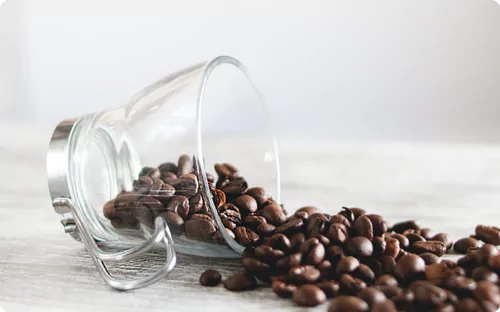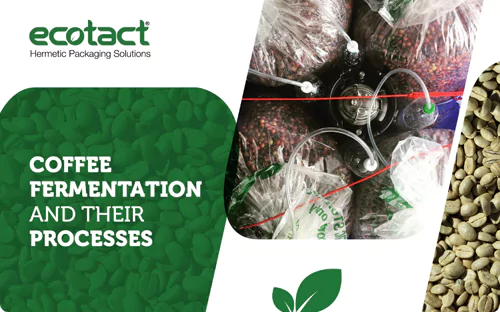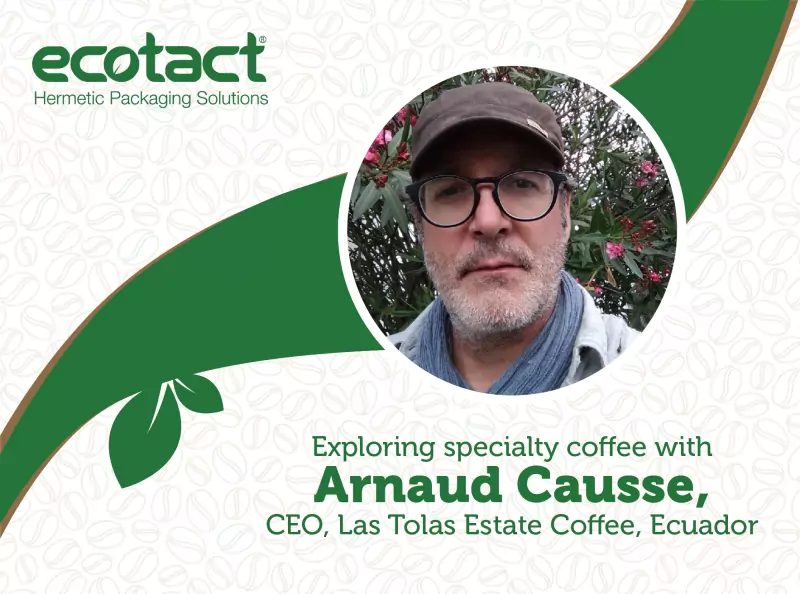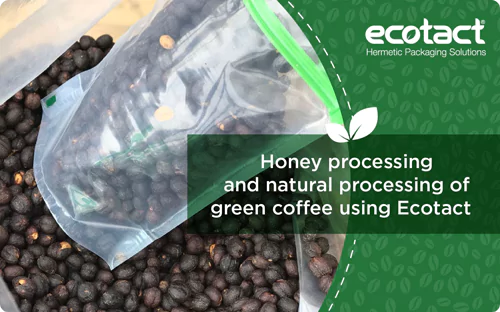Specialty coffee has been in trend for a long time now. But what exactly makes coffee, a specialty? Let us first explore the nuances of a specialty coffee.
The term “specialty” (often confused with speciality which literally translates to strength) was first used to refer to coffee in 1974 by Erna Knutsen in an issue of the Tea & Coffee Journal. The word was used to describe coffee that was produced in a microclimate with high-quality and unique flavour profiles. Today, however, the word “specialty” is everywhere in the industry. It is used relentlessly on packaging and signage, and used by baristas and roasters alike. But with time, the meaning and essence of specialty coffee have changed.
In today’s coffee production ‘regular’ is often used as a degraded synonym for bad quality, lack of sustainability, and transparency. In return, this means that regular coffee might come with an unpleasant experience through bad taste and a not-so-great feeling in your body. Conversely, most cases of specialty coffee beans mean for guaranteed quality throughout all stages of the coffee production from the process from the seed to your coffee cup.
To understand the making of specialty coffee, let us first understand the grading system. All coffee beans are graded out of 100 under the process of “cupping”. According to the Specialty Coffee Association (SCA), specialty coffee is Arabica coffee with a cup score of 80+ points. But the coffee must have been cupped by a certified Q grader. On top of that, too many defects in a sample of green, unroasted coffee beans will automatically disqualify that coffee from specialty status.
What is Specialty coffee? Is it only about the beans?
Since the beans can’t have many defects, the coffee plants need to be carefully cultivated and harvested at the right time. Specialty grade coffee is grown by farmers in select altitudes and climates and nursed for years before the first harvest. While processing, the quality and not the quantity is the first priority. The coffee is next transferred to the green coffee buyer. They identify the coffee quality via coffee cupping, or systematic tasting of brewed coffees. Through cupping, the coffee taster can assess a coffee’s score and determines whether it is specialty grade quality or not. High quality coffees are next transferred to the coffee roaster. Specialty coffee beans must be closely monitored during the roasting process and scientific principles of heat transfer, thermodynamics, and coffee chemistry must be applied to ensure the highest standard of quality and flavor come through in the final roasted bean. Next it is passed on to The Barista who ensures each bean reaches its full brewed promise.
Evolution of Specialty Coffee
However, despite the fact that the SCA cupping scale and the physical grading system both provide objective definitions, the definition of what specialty grade coffee is, or rather, what it stands for, seems to have changed.
Today, the word “specialty” is often used synonymously with words like “artisan”, and is frequently associated with concepts such as transparency, traceability, and direct trade. It is also used interchangeably by some people with the concept of third wave coffee – which, unlike specialty, does not have an objective definition. Today, specialty coffee has evolved from an objective definition to encompass an ideal that caters to a “specialty coffee community”.
Best practices
Producers must adhere to best processing practices, and storage protocols should also be followed. Therefore, storing them in 9 layer hermetic packaging restores the flavor and keeps the quality intact. Ecotact specializes in packaging specialty coffee with their supreme quality multilayered hermetic coffee packaging bags
• Protects aroma, moisture, and water activity of the specialty coffee
• Provides excellent transparency and is certified food safe
• Increases shelf life and keeps the coffee fresh for a very long duration
• Use of insecticide or pesticide not required for preservation
• High-temperature tolerance
• High resistance to oil and solvents
• Easy recyclability and eco-friendly structure
 French
French
 English
English Spanish
Spanish


